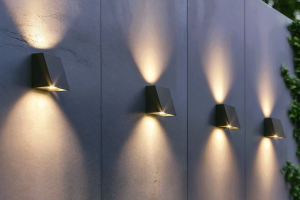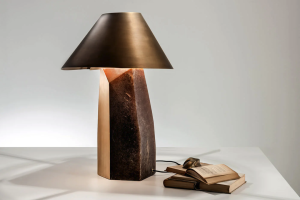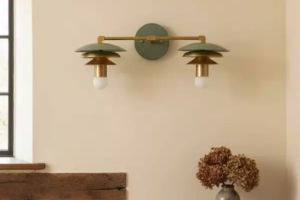Introduction
Artefact lighting is a crucial aspect of showcasing historical objects and artifacts in museums, galleries, and other public spaces. It involves the strategic use of light to enhance the visual appeal of objects, while also preserving their condition for future generations. In this article, we will explore the importance of artefact lighting and the techniques used to create striking displays.
The Importance of Artefact Lighting
At its core, artefact lighting is about highlighting the beauty and significance of historical objects. It draws the viewer’s attention to the intricacies of these objects and helps them appreciate the historical context in which they were created.
Moreover, artefact lighting can play a critical role in ensuring the longevity of these objects. By using specialized lighting techniques, museum professionals can protect delicate artefacts from damage caused by excessive light exposure. This not only safeguards the objects but also helps museums and galleries fulfill their role as guardians of cultural heritage.
Techniques Used in Artefact Lighting
There are several techniques used in artefact lighting, each with its own unique benefits and limitations. Some of the most common techniques include:
Spotlighting
Spotlighting involves using narrow beams of light to illuminate specific areas of an object. This technique is often used to showcase intricate details or highlight a particular aspect of an object’s design.
Backlighting
Backlighting involves placing a light source behind an object. This technique creates a halo effect around the object, drawing attention to its outline and creating a sense of depth.
Projected Images
Projected images can be used to overlay historical photographs or other materials onto an object. This technique can enhance the visitor’s understanding of the object and its historical context.
Interactive Lighting
Interactive lighting involves using sensors or other technology to create a dynamic lighting display. For example, sensors can be used to adjust the lighting based on the viewer’s proximity to the object, creating a more immersive experience.
Challenges in Artefact Lighting
While artefact lighting can be incredibly effective, it also presents several challenges for museum professionals. One of the primary challenges is finding the right balance between showcasing the object and protecting it from damage. Excessive light exposure can cause damage to certain materials, so it’s essential to find the appropriate level of light intensity for each object.
Another challenge is dealing with the unique characteristics of individual objects. Some objects may require more nuanced lighting techniques, while others may be difficult to light due to their size or shape.
Conclusion
Artefact lighting is a critical tool for museum professionals looking to showcase historical objects and artifacts effectively. By utilizing the right techniques and striking a balance between preservation and presentation, museums can create striking displays that both educate and inspire visitors. As technology continues to advance, it will be exciting to see how artefact lighting evolves and the new techniques and effects it can create.



More Posts
Stunning Vintage Opaline Lights: Illuminating Homes with Timeless Elegance
Bringing Versatility to Light: Exploring the Benefits of Dual Light Technology
Shining Light on E14 Bulbs: The Ultimate Guide to Understanding and Using Them